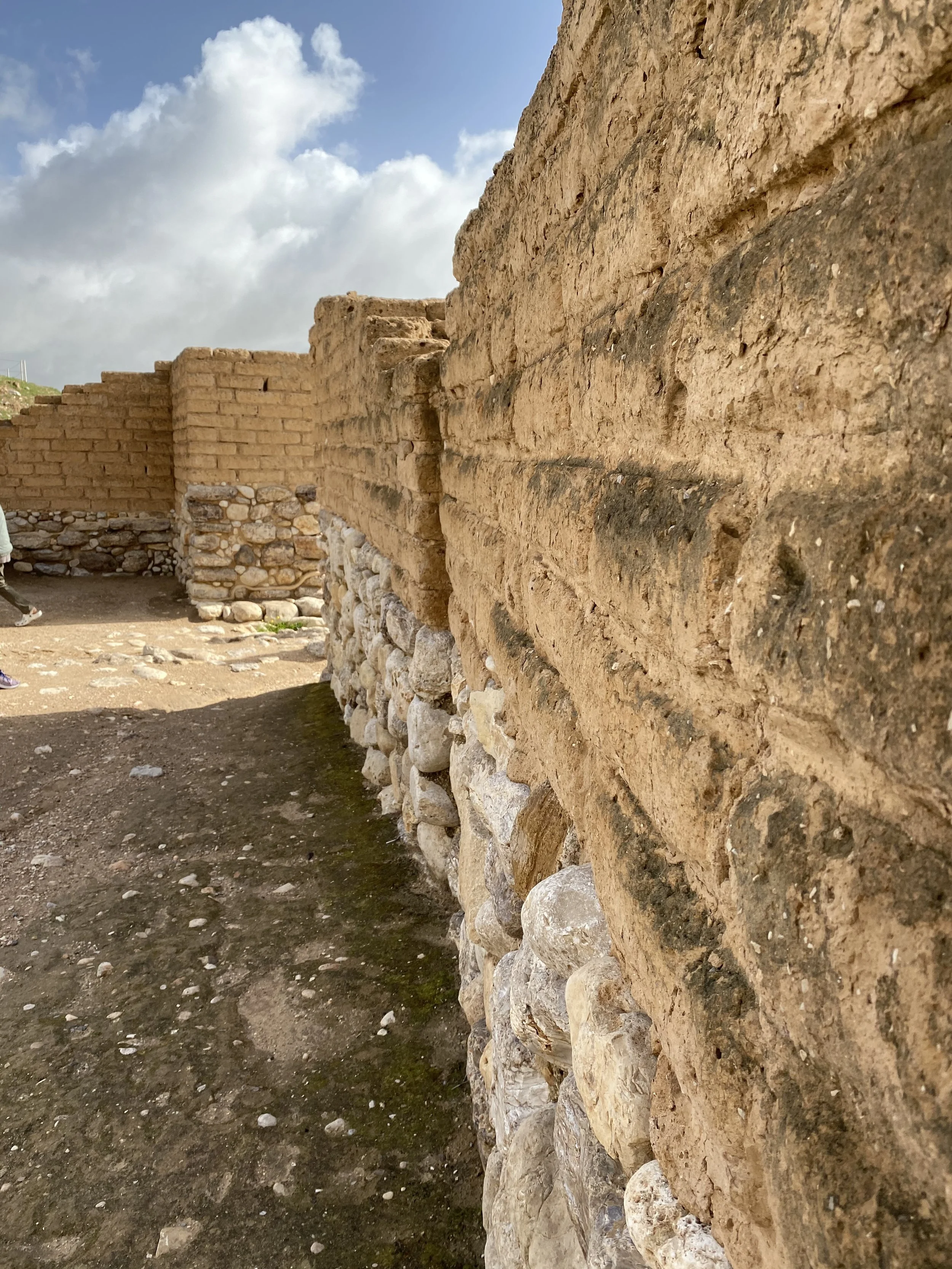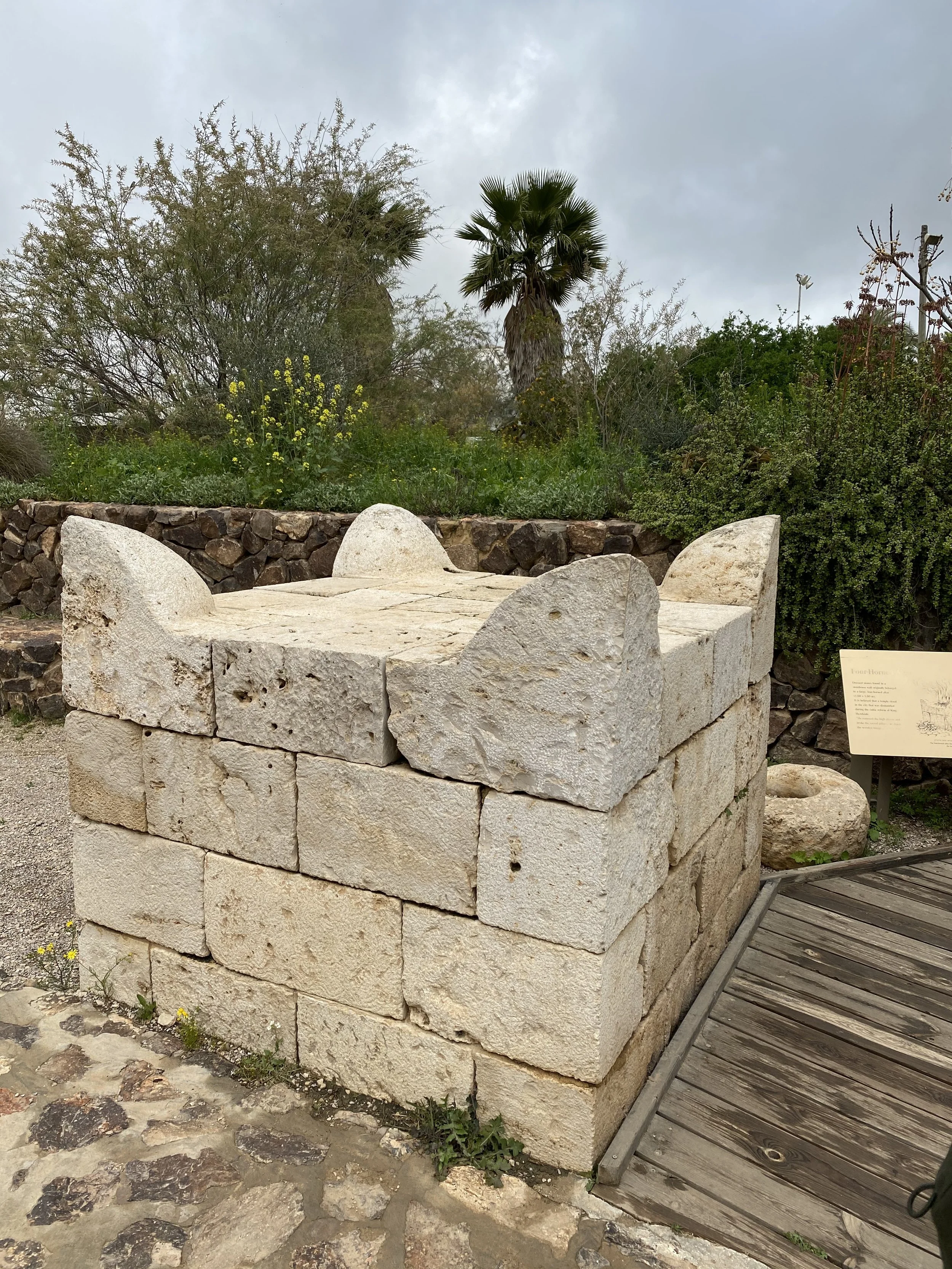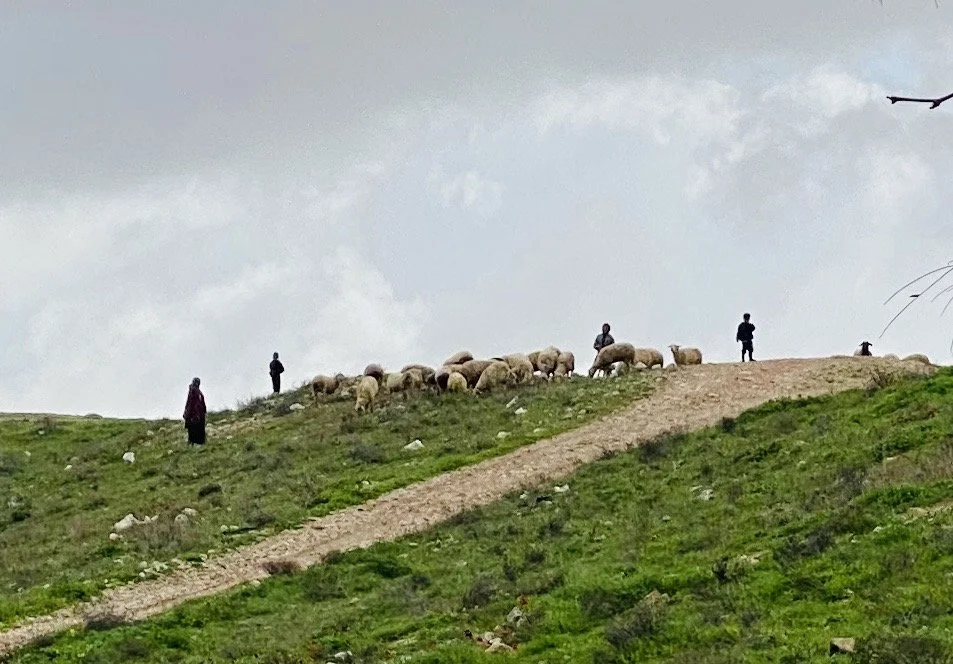Tel Beer Sheva
“Abraham planted a tamarisk tree in Beersheba and called there on the name of the Lord, the Everlasting god. And Abraham sojourned many days in the land of the Philistines.” Genesis 21:33-34
The archeological site of Biblical Beersheba is located in the Negev in southern Israel several miles from the modern city of Beersheba. The site has been preserved and restored to its character in the mid 8th century BC but excavations have discovered settlement of the area back to 12th century BC.
Beersheba is mentioned over 30 times in the Old Testament. Significant as a place where Abraham dwelt, where God spoke to Isaac and Jacob, a place that marked the border of the promised land (2 Chronicles 30:5 They decided to send a proclamation throughout Israel, from Dan to Beersheba…”). This is the area where Abraham and Isaac dug wells. During the reign of King David Beersheba was an important city (fortified by King Saul before him) and located strategically along trade routes.
Viewing the remains of the city today is exciting as the layout and purpose of the structures is plain to see and easy to understand. There is a white line in the stone work to show where original construction and reconstruction meet. The signage is excellent at each of the structures and in explaining the impressive water system.
Pieces of a horned alter were discovered broken up and used in construction of walls. Archeologists suggest that the altar may have been destroyed during the reign of King Hezekiah as part of his reforms and efforts to tear down pagan altars and pagan places of worship. There is a replica of the altar on site (original is at the Israel Museum).
The well of the city is outside of the main gate structure and is one of the deepest wells in Israel. The city gate is 4 rooms with benches. Near the gate are long buildings in which many storage vessels were found and may have been for trade or a type of market place. There are examples of traditional 4 room houses. Most impressive is surely the water system. It was built to capture flood water from the wadi via a dam and reservoir. There is a modern lookout tower on site that enables a fabulous bird’s eye view of the site.
Tel Beer Sheva























